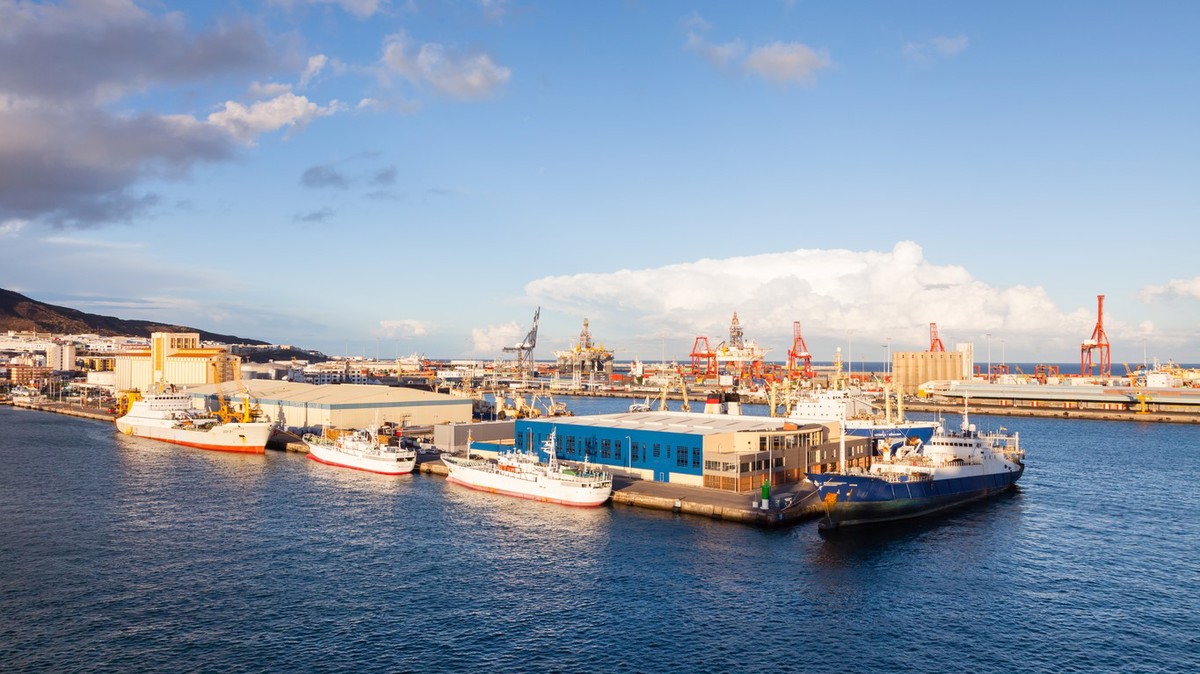New hubs for Russian Urals STS transfers discovered off Canary Islands and Cape Verde – Vortexa
Several ship-to-ship (STS) transfers of Russian Urals crude were recently recorded off Canary Islands in Spain and Cape Verde in the Atlantic Ocean, according to cargo tracker Vortexa.
 PHOTO: Ships docked in the Port of Las Palmas, Gran Canaria, Spain. Getty Images
PHOTO: Ships docked in the Port of Las Palmas, Gran Canaria, Spain. Getty Images
The Atlantic Ocean is gradually becoming a hub for dark STS transfers of Russian Urals. Around 44% of total Russian Urals STS transfers between 1-25 May were carried out in the Atlantic Ocean region, Vortexa says.
The cargo tracker has identified three locations in the region where these STS were carried out this month – off Canary Islands, Cape Verde and certain areas in the open seas in the North Atlantic. Four STS transfers were performed off Canary Islands and one near Cape Verde.
The North Atlantic is a suitable area to carry out dark STS transfers due to a "lack of imagery", meaning that these vessels may turn off their AIS transponders or use other means to remain undetected, Vortexa crude market analyst Armen Azizian told ENGINE in January.
The biggest hub for STS transfers of Russian Urals continues to be off Greece's Kalamata, as it has been since the EU banned seaborne imports of Russian crude and oil products six and four months ago, respectively. The remaining 56% of Russian Urals transfers were conducted in off Kalamata this month, Vortexa says.
Russia has about 443 tanker vessels in its shadow fleet, according to a white paper published by S&P Global Intelligence in March. These tankers are estimated to have carrying capacities less than 10,000 dwt.
"Shadow fleet" or "ghost fleet" mainly transports oil from Russia while evading G7 and EU sanctions and price caps. The fleet is largely made up of ageing ships that sail without insurance, switch off transponders or use methods like false documents to stay low-profile and evade possible sanctions.
By Nithin Chandran
Please get in touch with comments or additional info to news@engine.online





